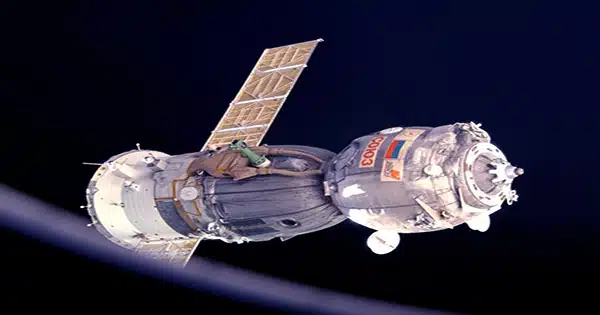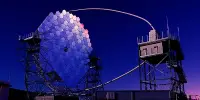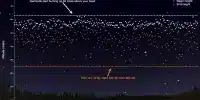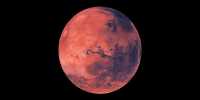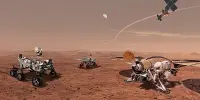This week, social media users debated a classic conspiracy theory when Twitter user Rod Mason questioned his followers about how lunar landers returned humans to Earth.
People were quick to label Mason’s question as foolish or to question why he submitted it on Twitter rather than Google. There’s a lot of material available, but there’s also some very cool footage of lunar landers during liftoff, as well as movies of men bouncing around on the Moon.
The lander’s ascension stage soared up with ease, as seen in the video above, while the descending phase remained on the Moon as a launch pad.
“The ascent engine was a fixed, constant-thrust rocket with a thrust of about 15,000 N,” NASA writes on its website. “Moving was accomplished through the reaction control system, which was comprised of four thrust modules, each of which was composed of four 450 N thrust chambers and nozzles pointing in different directions.”
Mason was informed by several other Twitter users that the thrust was produced by combining aerozine 50 fuel and a nitrogen tetroxide (N2O4) oxidizer.
Mason was skeptical, responding, “So that thing pictured on the moon just took off and flew back through the sound barrier and back to Earth?” In 1969?”
No, it does not. The moon module was not intended to return to Earth’s atmosphere. It could also be deemed “bad form” for the occupants of the landers to desert their colleagues on the lunar command module orbiting the moon and return to Earth.
Instead, the lunar module rejoined and docked with the command module.
The astronauts rejoined their colleagues and rode home before abandoning the lunar module, which crashed on the Moon’s surface. The Eagle, the first lunar module to transport humans to the Moon, was not aimed at the lunar surface. In 2021, researcher James Meador calculated the module’s trajectory and discovered that it may still be orbiting the Moon over half a century later.
